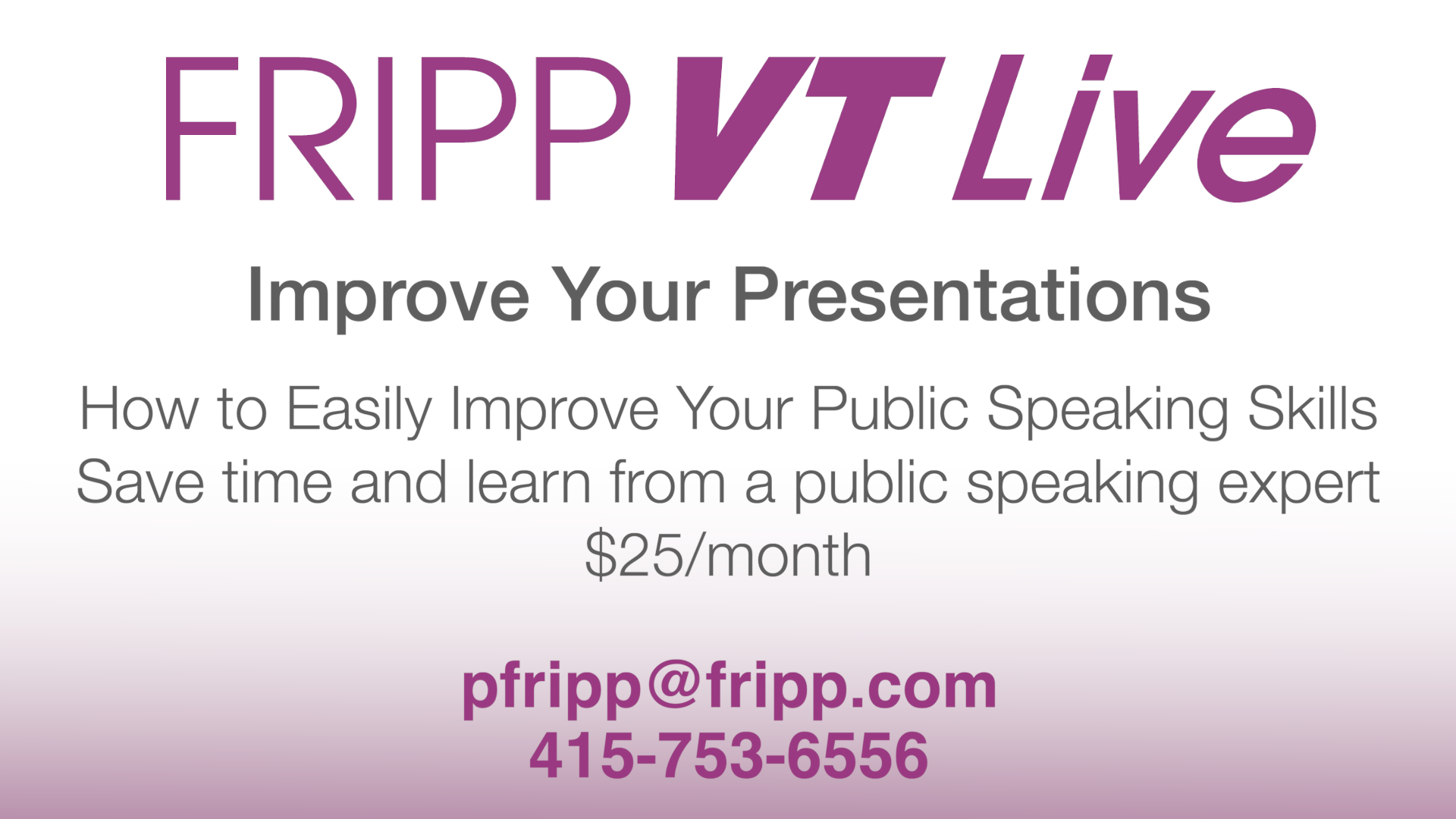Back in 2001, at the Toastmasters International Convention, I was invited to deliver the opening keynote speech. In this 10-segment series, you view the anatomy of a keynote presentation. (1 of 10)
You will notice I have made comments on how I would give advice to the 2001 speaker…who is me!
Come out punching. The purpose of your opening is to arouse interest in your subject. This opening is stating an opinion. Enjoy.
“It never ceases to amaze me that intelligent, well-educated, and ambitious people, frequently overlook developing the number one skill that is guaranteed to position them ahead of the crowd. Namely, developing the ability to stand up and speak eloquently with confidence or at the very least stagger to their feet and say anything at all.”
Lesson: speak as an audience advocate.
“As Toastmasters, we are committed to being competent communicators, and…
Lesson: I said but. Now I recommend whenever possible, “Take the ‘but’ out of your mouth.”
Lesson: Introducing the speech premise.
“I maintain, however, even the most dedicated Toastmaster can even more effectively prepare and present powerful programs by understanding in depth the three necessary ingredients that go into every presentation, what I call million-dollar words, speaking for results.
Those three ingredients, the structure, the foundation, the organization of how you put your remarks together. The material, what it is you actually say, your knowledge, your wisdom, and third, of course, the delivery, how you say it.
I maintain, if you do not know what you are going to say, organized in a logical way so you and your audience can remember, it’s very difficult to work on the pazazz of how you say it, which is so much of how we emotionally connect with our audiences.”
Lesson: The visual aid was a simple one-page piece of paper. Even watching this speech 20 years later, in a world when I use PowerPoint, believe this presentation did not need more.
“In front of you, you have a very simple tool, a sheet of paper. It’s a diagram, hopefully very valuable. You will see at the top, there is a circle that stands for the first 30 seconds of a presentation. Come out punching, grab the audience.
Then questions. Answer the questions an audience might have in their mind about you, your subject, what you have to say about the subject and what the connection is.
Then the premise or the objective. What is it that you are going to talk about in one clear sentence? If you can’t define what you’re going to talk about in one sentence, the audience probably won’t be able to remember. A couple of weeks ago, I followed a speaker and I was going to sum up what he said. He was giving (I would not say “delivering”) a two-hour program. I said, (I would not say “asked”)
‘Can you give me a general outline of what you’re going to talk about?’ He gave me one word. I said, ‘That’s a man who really understands his subject if he can sum up two hours in one word.’
Lesson: I missed the opportunity to answer the audience’s unasked question. “What was his one word?” Collaboration.
“Then you’ll see the points of wisdom. The points of wisdom, perhaps the rationale that makes the case for your objective. The circle stands for the stories, the examples, the analogies that make your case because people don’t remember what you say, they remember what they see when you describe what you’re talking about.
Lesson: I would not replace people with ‘your audience.’
“Then you see at the end, any questions. If it’s a small group and it’s appropriate, then you might sum up what you’ve done and close on a high. Very simple. I suggest as you put together your remarks, you might use that as a guide, or perhaps if you have a speech that you give frequently, look how it would fit in that formula.”
This is the first of ten segments. Next week, you will receive segment two.
To have access to this complete presentation and eleven more recorded-live Fripp presentations, check out FrippVT Live.
“Patricia, thank you for your help with last week’s speech, it went well! It was wonderful to have so many in the audience want to talk to me afterward and reached out on LinkedIn. Your scripting techniques really made the speech shine, thank you!”
De Ann Doonan, CPP, Executive Director, Global Payroll
FrippVT Live: Get a front-row seat to Fripp’s live recorded speeches.

